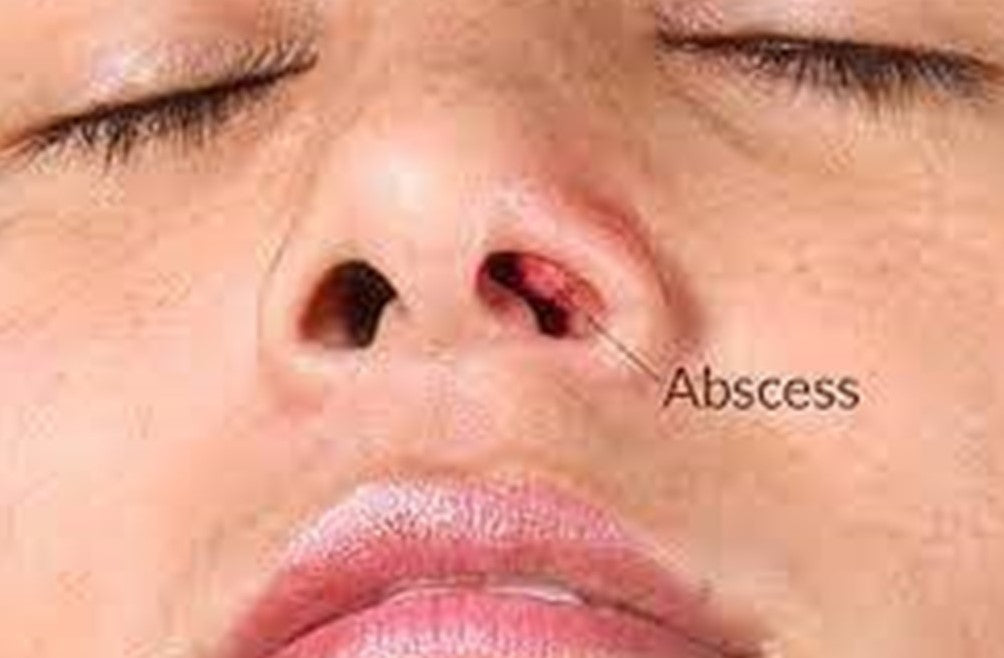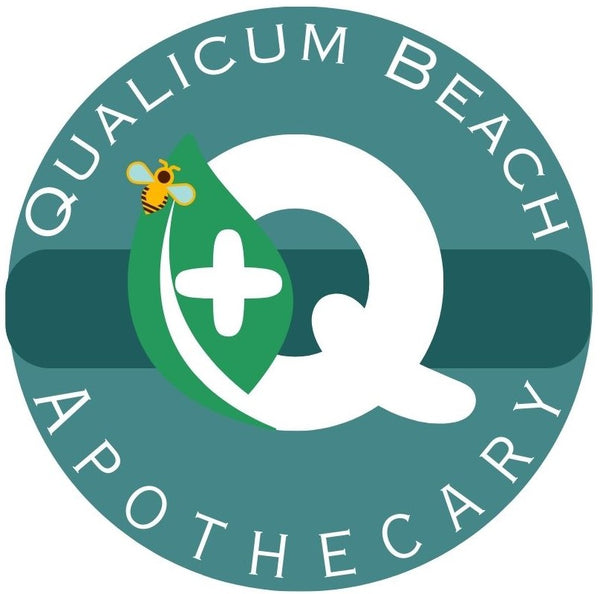
Nasal Vestibulitis: It’s Not a Pimple in Your Nose
Share
Kim Andersen, B.A., C.H., C.K.P.
Nasal Vestibulitis (NV) or Nasal Folliculitis, at one time was a rare type of bacterial infection at the opening of the nose. This has changed with the wearing of masks. NV may look like a pimple or sore just inside the nose. It often develops when hair follicles become infected, such as after a cold and a lot of aggressive nose-blowing or when you pluck nose hair. It is an infection in the vestibule or the entrance of the nose. Staphylococcus aureus bacteria causes most of the infections.
Although anyone can get this infection, certain risk factors make a person more likely to experience it. These risk factors include:
-
Weakened immune system: Some conditions, such as diabetes and certain medications may make the immune system weaker, increasing the risk of infection.
-
Nose picking: People who frequently pick their nose may scratch the skin, causing tiny injuries through which bacteria can enter. Nose picking can also introduce bacteria from other areas, such as the mouth or hands, into the nose.
-
Plucking nasal hair: Plucking the hair of the nose may irritate the skin and create tiny tears, increasing the risk of infection.
-
Frequent nose blowing: This can irritate the nose and cause it to swell and tear. Blowing the nose may also spread bacteria from one area of the nose to another.
-
Nose piercings: Nose piercings may provide an opening for infection to enter. Before the piercing heals, it is an open wound and bacteria may get in.
-
Cancer treatment: Chemotherapy weakens the immune system, making a person more vulnerable to certain infections. It may also dry out the nose, causing it to crack open or bleed, allowing infection to enter.2

Symptoms
People with NV may notice a pimple-like growth inside the nose. Sometimes, there are several such growths. Popping or picking these growths can cause the infection to worsen and spread.
Some other symptoms a person might notice include:
-
pain in or around the nose
-
crusting inside the nose
-
swelling
-
dryness in the nose
-
itching
-
bleeding
-
unexplained oozing from the skin just inside the nose

Some people with NV may have a recent history of nose injuries. Others may notice that their nose felt dry or cracked before the infection appeared. If the infection is severe or spreads to other areas of the body, a person may develop a fever. This is rare, however.1, 2
NV does not tend to be dangerous, but if a person does not seek treatment for it, the infection may spread. Also, although this is extremely rare, researchers have reason to believe that the infection can spread to the skull or the brain. The area of your face that covers the corners of your mouth to your nose bridge is a dangerous area, because many of the blood vessels in this area are directly linked to your brain, so immediate treatment is necessary to eliminate this outside possibility.1
Cure
Thankfully, the remedy is quick, easy and reasonably cheap: Rose Geranium Essential Oil. Using a cotton swab, put a drop on the end and apply the essential oil to the interior of the nose that is affected and the outside of the opening of the nose. The scent is not overwhelming and has a green cleansing smell. Apply the essential oil in the morning and before bed. Depending upon the advancement of the infection, it should take on average 3 days before the swelling goes down substantially and another day for it to go away. Rose Geranium essential oil is gentle and will soften and soothe the area. It doesn’t burn or hurt in any way and is easily tolerated by a child.
Unfortunately, once you have this condition it can return. Keep the nose clean and dry and when you feel a tingling in your nose, which is a sensation experienced by many just before a flair-up, apply your Rose Geranium Essential Oil to the area immediately. The sooner you catch it, the faster it passes. Overtime, reoccurrences will lessen, but if you get a flair-up you will know what to do.k
References
1.WebMD. What Is Nasal Vestibulitis? Ed. Dan Brennan, MD. https://www.webmd.com/a-to-z-guides/what-is-nasal-vestibulitis, April 24, 2021.
2.Santos-Longhurst, Adrienne. Nasal Vestibulitis. HealthLine. Ed. Alana Biggers, MD, MPH., https://www.healthline.com/health/nasal-vestibulitis, May 21, 2018.
3. Villines, Zawn. Nasal Vestibulitis: Is it a pimple, and what can I do about it? https://www.medicalnewstoday.com/articles/327427#summary, January 7, 2020.
